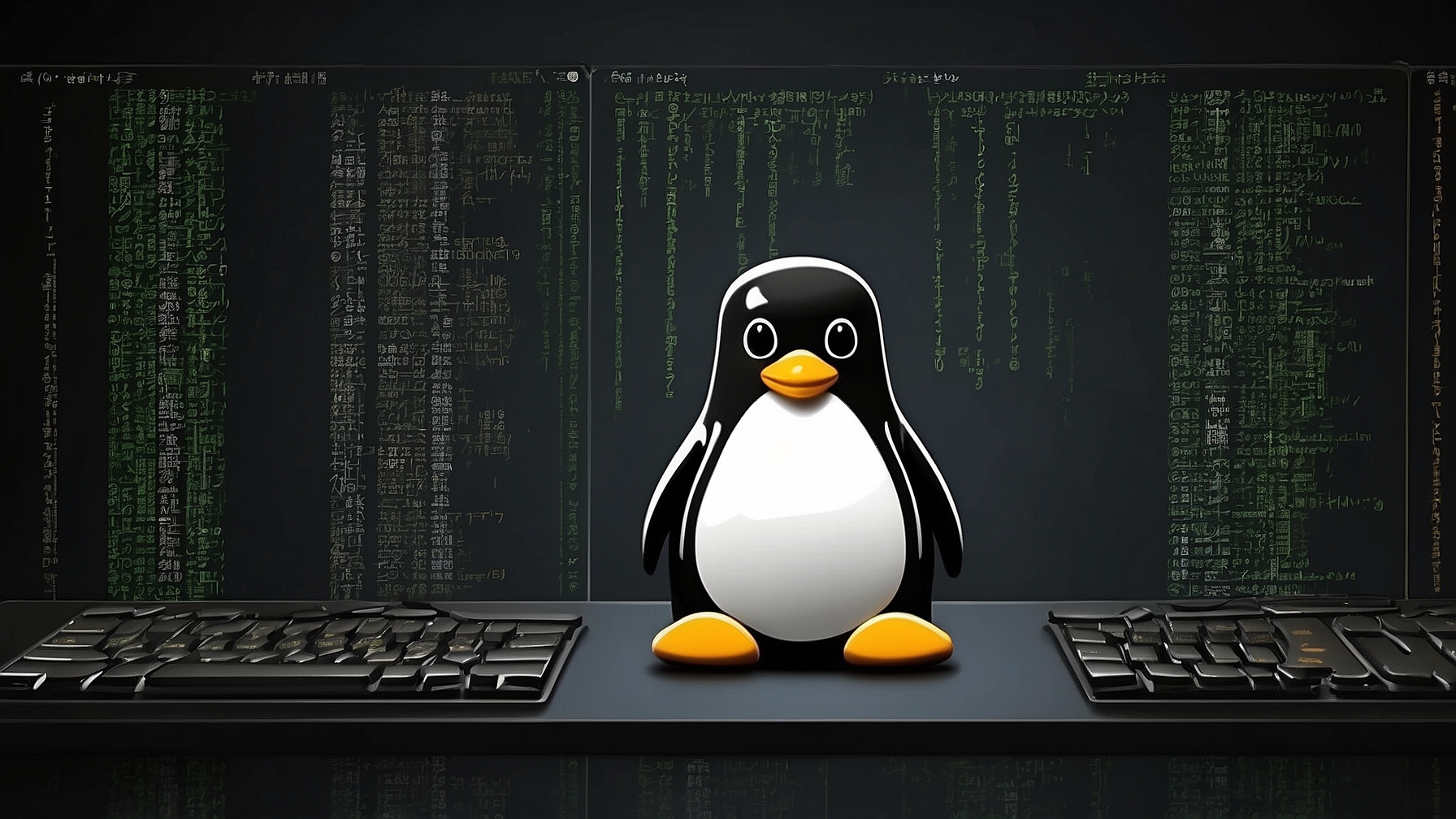
Checking Disk Usage on Linux-based systems
Monitoring disk usage is an essential task for system administrators and regular users alike. Understanding how much space is being used on your Linux system can help you identify potential issues, optimize storage, and plan for future needs.
Checking Disk Usage
One of the most commonly used commands for checking disk usage on Linux is df. This command displays information about the file system disk space usage for all mounted partitions.
To use df, simply open a terminal and type:
df -h
This will display the disk usage in a human-readable format, showing sizes in gigabytes, megabytes, or kilobytes.
Here is an example output of the df -h command:
Filesystem Size Used Avail Use% Mounted on /dev/sda1 50G 20G 28G 42% / /dev/sdb1 100G 50G 50G 50% /data
The columns in the output represent:
- Filesystem: The device or partition name.
- Size: The total size of the file system.
- Used: The amount of space used.
- Avail: The amount of space available.
- Use%: The percentage of space used.
- Mounted on: The mount point of the file system.
Finding the Largest Files and Directories
If you need to identify which files or directories are taking up the most space on your Linux system, you can use the du command. This command calculates and displays the disk usage of files and directories.
To find the largest files and directories in the current directory, use the following command:
du -h --max-depth=1
The -h option makes the output human-readable, and the --max-depth=1 option limits the output to the current directory only.
Here is an example output of the du -h --max-depth=1 command:
4.0K ./file1.txt 8.0K ./directory1 12K ./file2.txt 20K .
The first column represents the disk usage of each file or directory.
Similar Commands
While df and du are the most commonly used commands for checking disk usage on Linux, there are a few other commands that can provide additional information:
lsblk: Displays information about block devices, including disk usage.ncdu: A more advanced disk usage analyzer that provides an interactive interface.find: Allows you to search for files and directories based on various criteria, including size.
Use Cases
Here are a few common use cases for monitoring disk usage on Linux:
- Identifying large files or directories that can be deleted or moved to free up space.
- Monitoring disk usage on critical servers to ensure that there is enough available space for proper functioning.
- Planning for future storage needs by understanding current disk usage trends.
Ideas for Automation
Automating disk usage monitoring can save time and provide regular updates on disk space usage. Here are a few ideas for automating disk usage checks:
- Create a cron job that runs the
dfcommand periodically and sends an email notification if disk usage exceeds a certain threshold. - Write a shell script that uses the
ducommand to find the largest files and directories, and saves the output to a log file for later analysis. - Use a monitoring tool like Nagios or Zabbix to track disk usage and receive alerts when thresholds are exceeded.
Conclusion
Checking disk usage on Linux is a simple yet crucial task. By using commands like df and du, you can easily monitor disk space usage, identify large files or directories, and plan for future storage needs. Automating disk usage checks can further streamline this process and ensure timely notifications for any potential issues.
| Command | Description |
|---|---|
| df | Displays file system disk space usage |
| du | Calculates and displays disk usage of files and directories |
| lsblk | Displays information about block devices, including disk usage |
| ncdu | A more advanced disk usage analyzer with an interactive interface |
| find | Searches for files and directories based on various criteria, including size |

This article incorporates information and material from various online sources. We acknowledge and appreciate the work of all original authors, publishers, and websites. While every effort has been made to appropriately credit the source material, any unintentional oversight or omission does not constitute a copyright infringement. All trademarks, logos, and images mentioned are the property of their respective owners. If you believe that any content used in this article infringes upon your copyright, please contact us immediately for review and prompt action.
This article is intended for informational and educational purposes only and does not infringe on the rights of the copyright owners. If any copyrighted material has been used without proper credit or in violation of copyright laws, it is unintentional and we will rectify it promptly upon notification. Please note that the republishing, redistribution, or reproduction of part or all of the contents in any form is prohibited without express written permission from the author and website owner. For permissions or further inquiries, please contact us.


